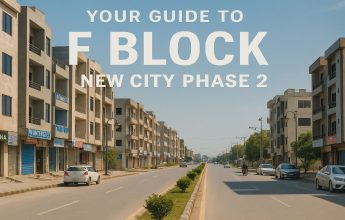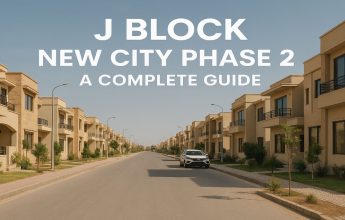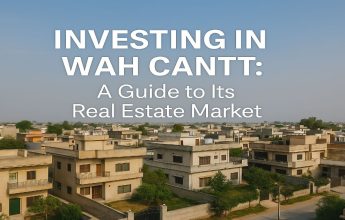Understanding the New City Phase 2 Map: A Buyer’s Guide
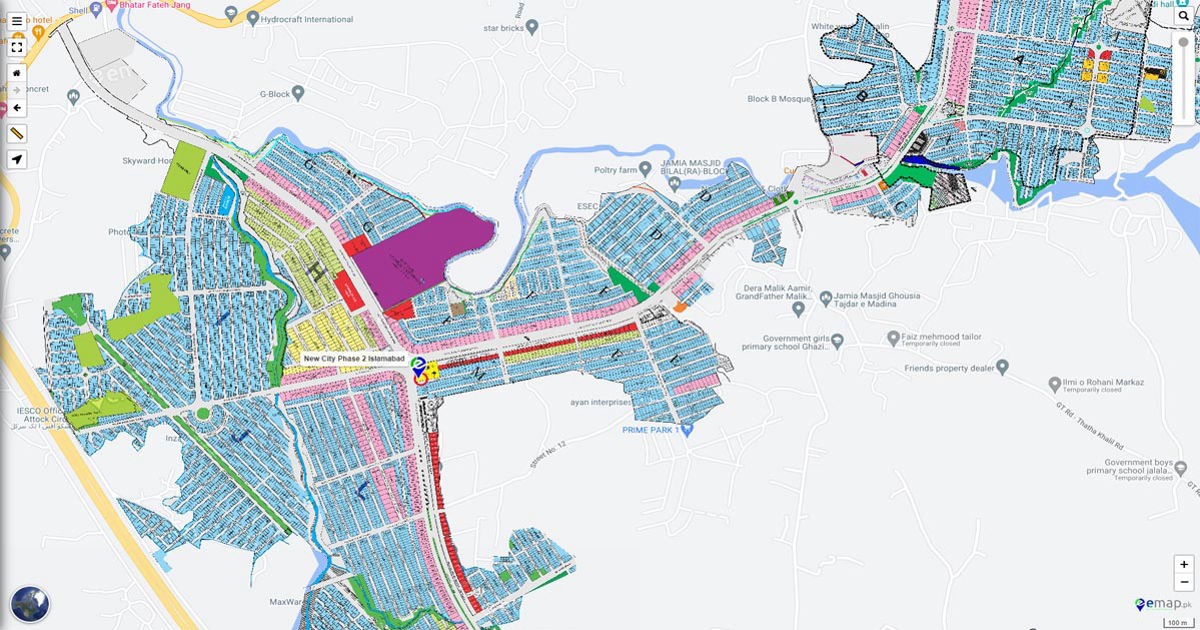
Finding the perfect community or investment means looking carefully at all the aspects of a development. When studying a real estate project’s master plan, the new city phase 2 map is your key resource. This visual guide shows the complete sector layout, highlighting location advantages, lifestyle features, and future growth opportunities for residents and buyers alike.
What is a Master Plan Map?
A master plan map outlines every element that shapes a housing society’s future. More than just a street grid, it brings together residential and commercial zones, green spaces, community facilities, main access roads, landmarks, and essential utilities. The master plan highlights connectivity, sector arrangement, and overall lifestyle the developer has envisioned for the community.
Through the map, buyers gain insight into sector positioning, the distribution of parks, schools, and hospitals, as well as amenities like playgrounds, fitness centers, and shopping plazas. Quality master plans adhere to planning standards such as allocating at least 20% for open spaces and ensuring accessibility which is consistent with recommendations from the Urban Land Institute (ULI). This means you can evaluate commute options, potential traffic flow, and proximity to main features before making your decision. Ultimately, the new city phase 2 map supports informed real estate decisions by making complex planning information accessible.
Key Features to Look
Navigating the details on a development map can reveal important aspects that affect day-to-day life and property value. Here are some NLP- and LSI-driven features you should consider, based on years of professional experience in site selection and market analysis:
- Residential Sectors: These blocks display the available plot sizes, such as 5 Marla, 10 Marla, or 1 Kanal. Sector layout affects privacy, convenience, and community engagement.
- Commercial Zones: The placement of shops, markets, and business centers directly influences ease of access to daily needs and overall hustle in certain areas.
- Amenities & Community Facilities: Locate parks, playgrounds, mosques, and social centers, all of which promote a healthy communal lifestyle.
- Infrastructure: Boulevard widths, internal streets, location maps, and designated access roads impact mobility and future property values.
- Green Spaces: Every map legend marks parks, landscaped belts, and eco-friendly zones which are essential for leisure and recreation.
Drawing on decades of master-planning case studies, real estate consultants agree that access to amenities, smart infrastructure, and zoning balance are critical factors in long-term value and livability.
Choosing the Best Plot Location
Evaluating the new city phase 2 map with a focus on practical features will help you select an ideal plot. Consider these tips commonly used in real estate selection:
- Corner Plots: Preferred for greater light, ventilation, and a sense of openness, though sometimes closer to busy access roads or intersections.
- Park-Facing Locations: Highly recommended for families, offering immediate access to recreational amenities and vibrant green views at home.
- Boulevard or Main Road Plots: These provide superior connectivity, which may come with increased traffic or noise; weigh these factors according to your lifestyle needs.
- Proximity to Community Facilities: Being near schools, shopping centers, or hospitals ensures added convenience, particularly for families or seniors.
- Commute and Access: Evaluate sector placement relative to society gates, highways, and public transport routes. Favor locations that offer safe and short commutes, backed by site visits or feedback from current residents.
Real estate professionals suggest prioritizing safety, ease of access, and environmental features principles that align with urban design research found in the “Journal of the American Planning Association.”
Understanding Zoning and Plot Sizes
Every real estate master plan divides the map into zones residential, commercial, and recreational. Zoning laws ensure suitable placement of educational institutions, marketplaces, healthcare centers, and entertainment venues. Typical plot size options (5 Marla, 10 Marla, 1 Kanal) are marked in each sector, making it easier for buyers to match their family or investment needs.
Experienced agents recommend double-checking sector allocation for the right balance between future growth and current utility access, referencing local development authorities’ zoning notices when available. Plot allocation often defines which areas are developed first, indicating potential possession timelines and future return on investment.
Selecting the right zone whether for tranquility or accessibility supports future comfort and resale prospects. This is a best practice supported by guidance from the Royal Institution of Chartered Surveyors (RICS).
Analyzing Access and Traffic Flow
Mobility inside and outside the society is pivotal to a quality lifestyle. Use the new city phase 2 map to identify wide boulevards that ease traffic flow and connect sectors, parks, and commercial areas. Multiple access gates are recommended by community designers to distribute traffic, reduce congestion, and create safe alternative routes.
Identify main entrances/exits in relation to your preferred plot. Ask: Is it easy to reach schools, markets, and public transport? Will future commercial development alter traffic near your home? Make use of official society maps, public transport routes, and, if possible, consult local residents for a realistic understanding of daily commute patterns.
Project Approvals and Possession Timelines
One major factor in map assessment is understanding official project approvals and timelines. Only invest in developments that are approved by local regulatory authorities, as confirmed by documents or municipality websites. Approved housing societies typically follow transparent timelines for possession and utility provision, lending security and peace of mind to buyers.
Study the map legend for indications about which phases are currently available, and seek verification from the developer’s sales office or independent property consultancies. Timely possession, utility readiness, and completed infrastructure are vital criteria recognized by national and regional real estate authorities.
Conclusion
When you study the new city phase 2 map, you unlock information critical to a confident buying experience. This guide is based on real estate sector expertise, leading industry research, and proven best practices from recognized planning organizations. Every detail, from sector layout to utilities and amenities, impacts your family’s lifestyle and investment stability. Look for official approvals, invest time in site visits, and seek advice from certified professionals. A well-planned community not only offers practical comforts but also the security and growth prospects valued by discerning buyers. Approach your property search as an informed decision-maker—with trusted resources in hand, your future is in safe hands.
Frequently Asked Questions (FAQs)
1. Why is it important to review amenities on the map before choosing a plot?
Amenities such as parks, shopping areas, schools, and hospitals add convenience, enhance lifestyle, and boost property value. Authoritative real estate resources and local planning guidelines confirm the positive effects of accessible amenities on long-term satisfaction.
2. What should I check about access roads and commute?
Ensure your plot provides easy access to boulevards, society gates, and transportation. Quality road networks save commuting time and improve resale value, as supported by urban planning best practices.
3. How can I confirm project approvals and utilities?
Request documentation directly from the developer or local authorities. Trustworthy projects are approved by regulatory bodies and provide clear timelines for essential utility delivery.
4. What determines plot value within a sector?
Location near landmarks or essential community features, zoning type, plot size, and access all play significant roles. Consultations with experienced real estate advisors provide additional perspective.
5. Why does possession timeline matter for buyers?
Timely possession directly impacts your move or construction schedule. Verified possession timelines are a hallmark of reputable, trustworthy developments and support better financial and lifestyle planning.

